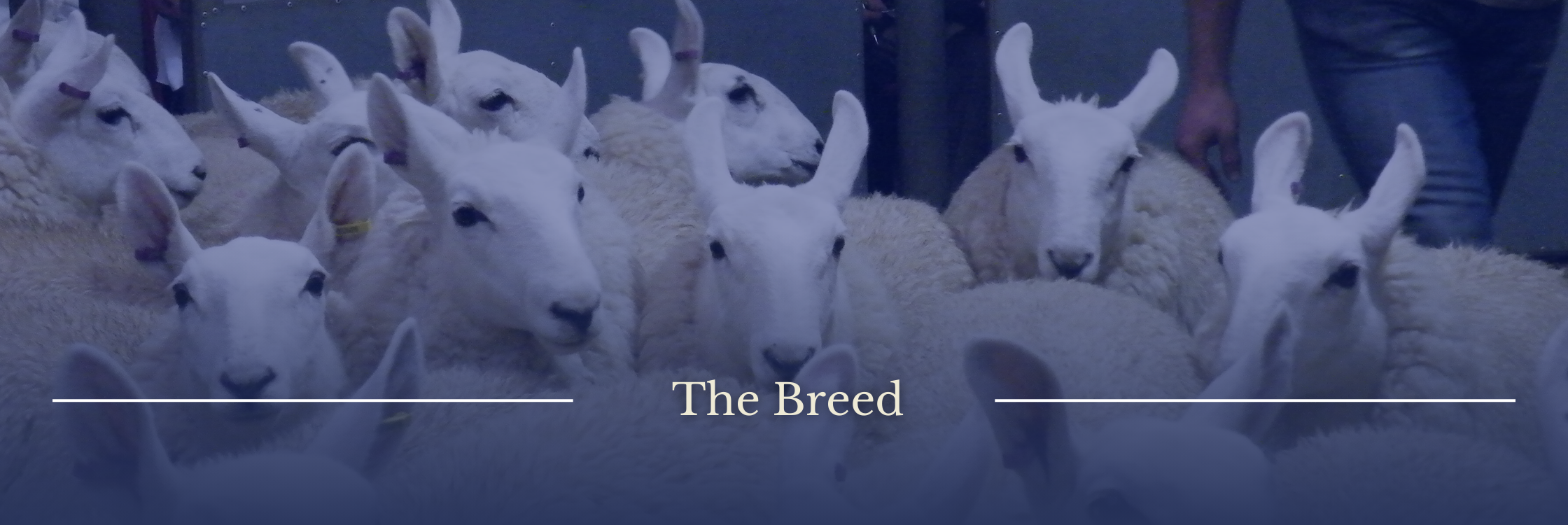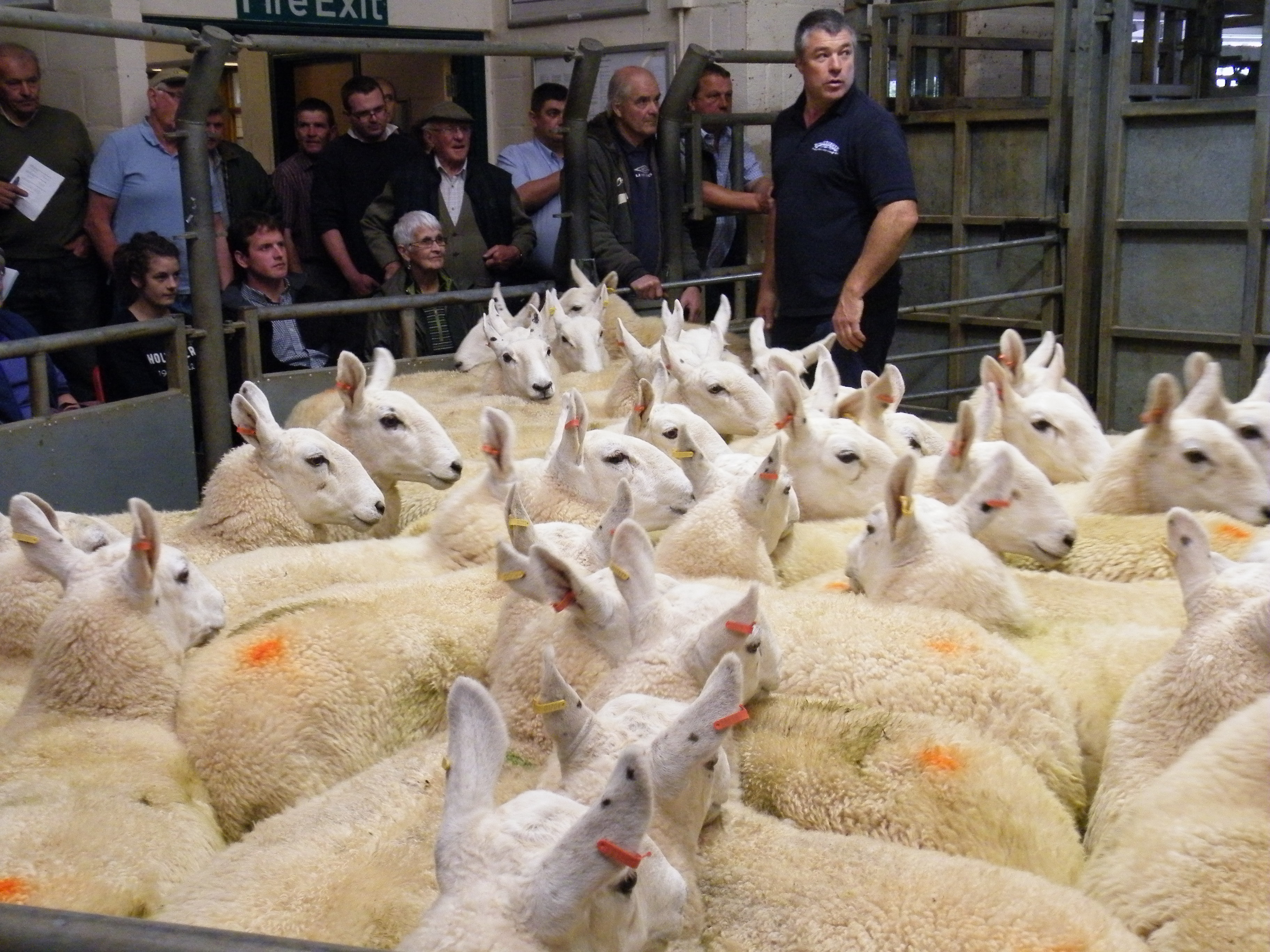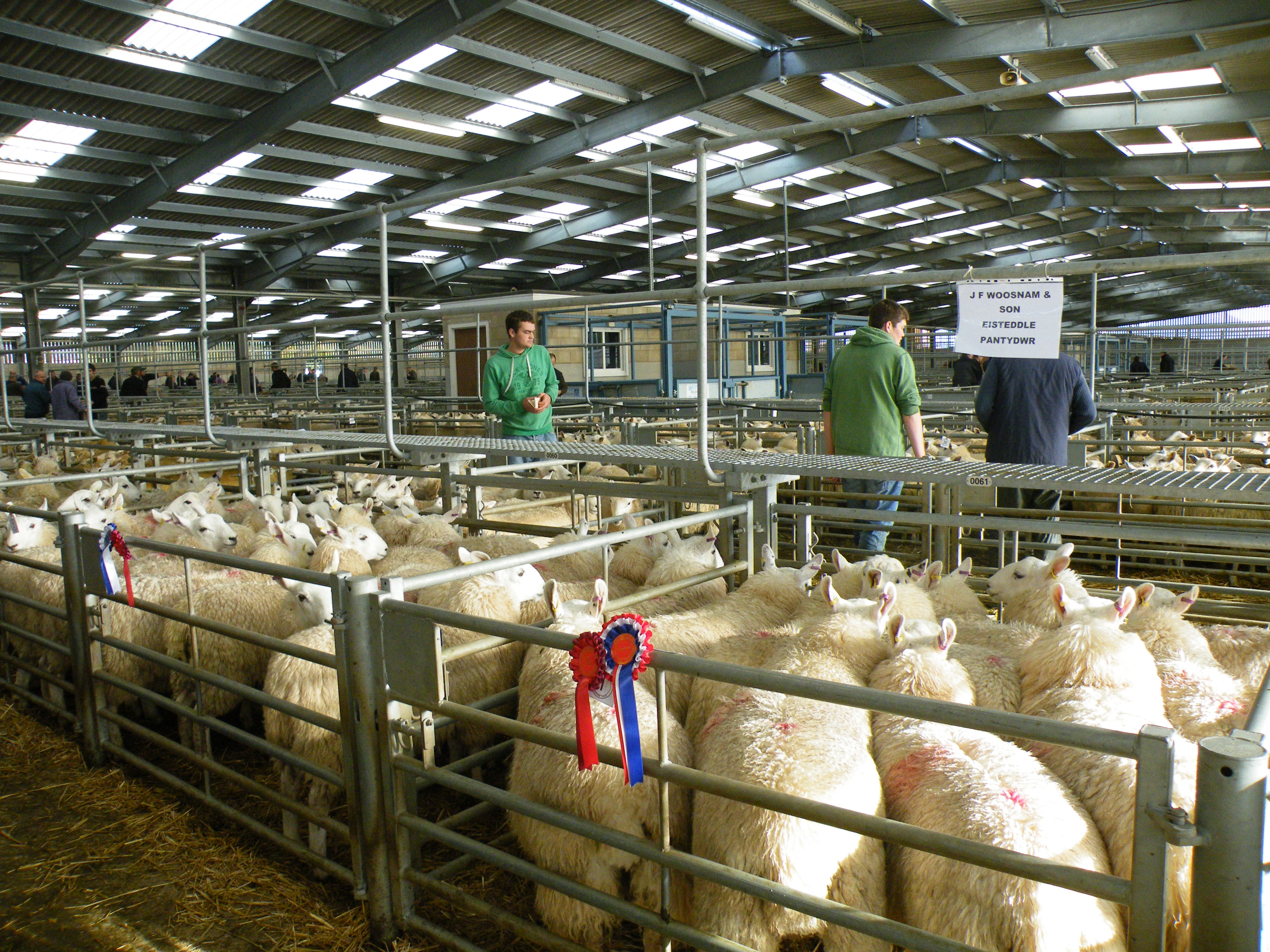

The Welsh Halfbred is the first cross between a Welsh ewe and a Border Leicester ram. The average weight of the ewes is 55-61kg.
They are bred to be low cost producers of quality prime lamb. The ewe inherits hardiness, milkiness and good foraging ability from her Welsh breeding. As a result, she can be stocked at higher rates and requires less feeding of concentrates than some other breeds.
These factors, combined with the conformation and good coat inherited from the Border Leicester, make her a hardy and economic lamb producer in both lowland and upland environments.
The Welsh Halfbred ewe has a reputation for wearing well in the mouth and udder, this factor adds to her profitability as regards flock replacements.
A survey among Welsh Halfbred buyers from England, Scotland, and Wales showed that the average classifications for those selling deadweight were U3L and R3L.
The survey also showed that while Texels and Suffolks were still the most popular choice of terminal sires, Charollais and other continental breeds were achieving similar good carcase results.
Welsh Halfbred lambs also find a ready market with the improved conformation and size they inherit from the Border Leicester.

Lambing averages vary according to different management systems and the type of environment. The following averages for ewes were drawn up after a survey of buyers stated:
Upland 160-165%, Marginal land 160-169%, Lowland 164-174%
The Welsh Halfbred ewe, with the hybrid vigour of a first cross, adapts to a variety of farm systems in both lowland and upland areas. Many farms, where paid labour has had to be reduced to a minimum or abandoned altogether, find that very high lambing percentages and the number of triplets that involves, also means high losses.
They find the Welsh Halfbred’s hardiness, lambing percentage, mothering ability and lower feed requirements more cost effective, coupled with its ability to produce the sort of prime lambs demanded by today’s market